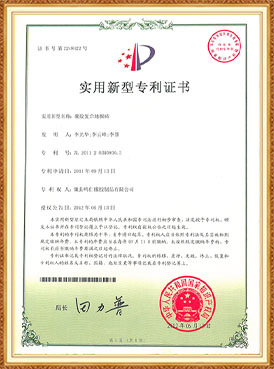

Understanding the Standard Padel Court Dimensions and Specifications
Padel, a sport that has gained immense popularity in recent years, combines elements of tennis and squash, played in doubles on an enclosed court. The standard padel court is designed to accommodate the unique playing style and rules of this exciting game. In this article, we will delve into the dimensions, materials, and features that define a standard padel court.
A regulation padel court measures 20 meters in length and 10 meters in width, providing a total area of 200 square meters. The court is enclosed by walls, which are integral to the gameplay. The back walls are typically made of solid glass, measuring 3 meters high, while the side walls can either be solid or made of a combination of glass and fencing. The side walls must also reach a height of 3 meters, but the bottom half can be made of a solid material up to 2 meters high, allowing for a variety of wall constructions.
The net that divides the court into two equal halves is central to the game. The standard height of the padel net is 88 centimeters at the center, tapering to 92 centimeters at the posts. This slight elevation helps keep the game dynamic, allowing for various shot types while maintaining a level of challenge.

The playing surface of a standard padel court is crucial for ensuring optimal performance. It is commonly made from synthetic materials, such as artificial grass, which provide good traction and comfort for players. The surface can be layered to include shock-absorbing materials, enhancing safety and reducing the risk of injury. Proper drainage systems are also necessary to prevent water accumulation, ensuring the court can be used in varying weather conditions.
In addition to the court's physical specifications, there are also color and lighting standards to consider. The playing area is typically marked with lines that are 5 centimeters wide, contrasting with the court surface color to enhance visibility. Common colors for padel courts include blue, green, and red, each chosen to improve player experience and comfort. Furthermore, adequate lighting is essential for evening games, ensuring that visibility is never compromised. Courts are often equipped with overhead lights positioned to eliminate shadows, allowing players to focus on the game without distractions.
Access to the court is facilitated through designated entrances, ensuring a smooth transition for players and spectators alike. The design of the court typically includes spectator areas, allowing fans to enjoy the matches comfortably. Some advanced facilities may even include seating, refreshments, and commentary areas, enhancing the overall experience for everyone involved.
In conclusion, the standard padel court is designed with specific dimensions and features that cater to the unique nature of the sport. Its enclosed format, combined with high-quality materials and thoughtful design elements, creates an ideal environment for players to compete. As the sport continues to grow, the importance of understanding these specifications becomes ever more relevant, ensuring that players and facilities alike can meet the challenges of this exciting game.
High-Performance Industrial Flooring Solutions China Paddle Tennis Court for Sale
High-Performance Industrial Flooring Solutions Durable & Cost-Effective
Homogeneous Transparent Floor – Durable & Stylish Rubber Floor Solutions
Premium Homogeneous Transparent Floor for Durable & Stylish Spaces Rubber Floor Solutions
Premium Sports Floor Solutions Durable PVC Sports Floor & Rubber Floor for Gyms
Durable Rubber Composite Floor Premium Rubber Floor & Mats Solutions